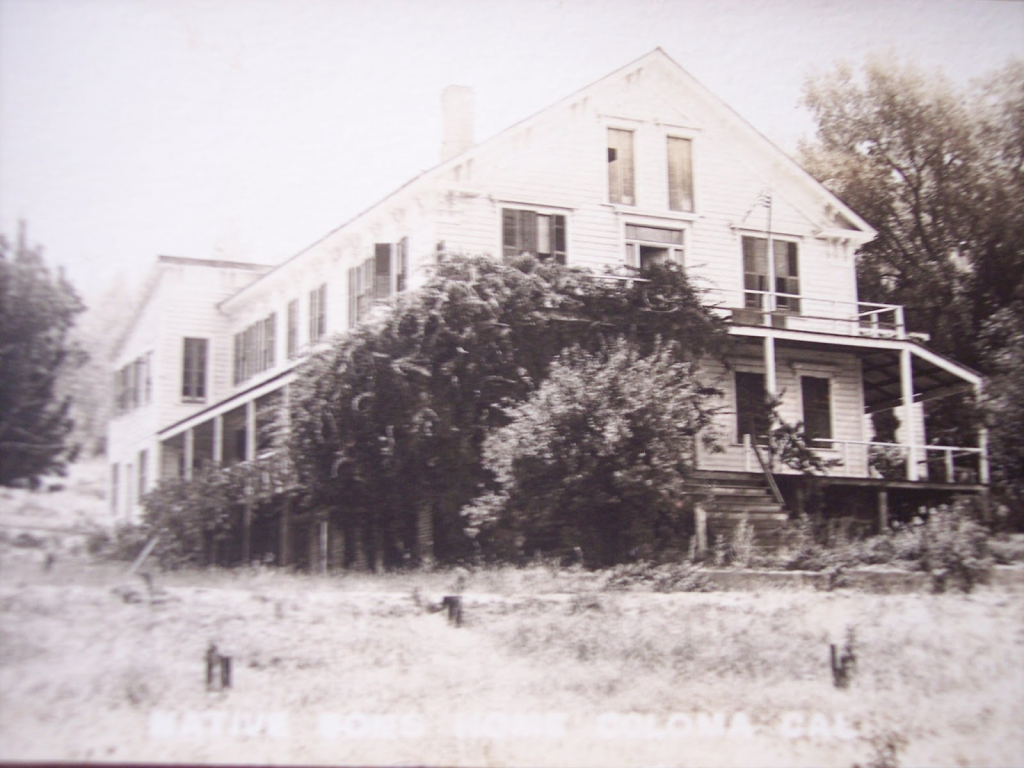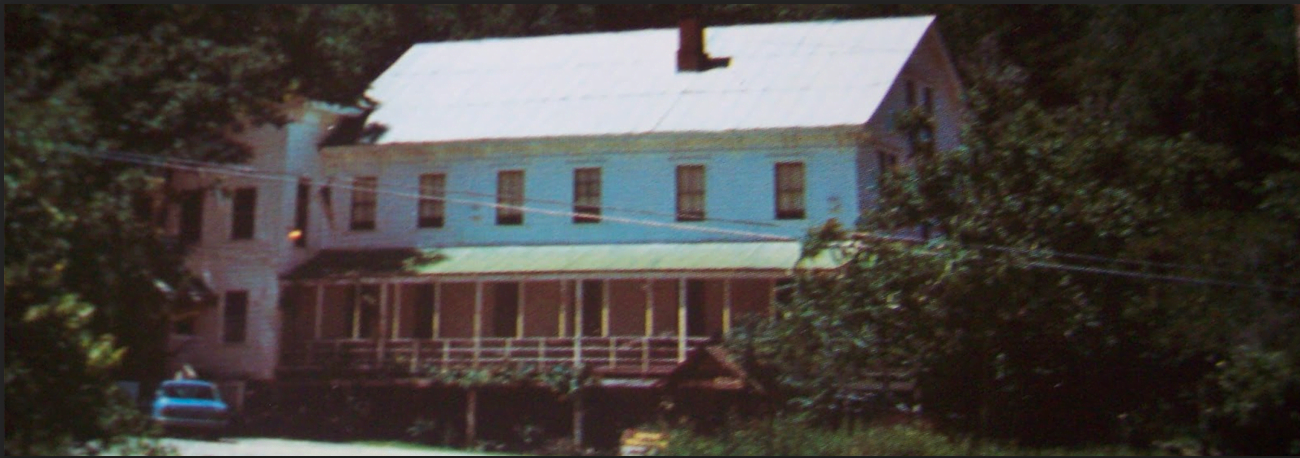In 1848, James W. Marshall had built a mill on the river near Coloma, California, known as Sutter’s Mill for the proprietor, Sacramento pioneer John Sutter. One day, Marshall examined the water rushing out of the mill and had a miraculous discovery. Flakes of metal floated in the river, and after testing it was determined the flakes were pure gold. While the two men swore workers at the mill to secrecy and tried to quietly acquire the mineral rights to the land. The secret got out anyway. Days later, newspapers in the east ran headlines such as “Gold! Gold! Gold in an American River!” This was the inciting incident that would trigger the 1849 California Gold Rush that would bring 300,000 immigrants to the Golden State, looking to make their fortune.

Two men on the other side of the country would make the trek to Coloma, entranced by the idea of striking it rich, Martin Althoff and Robert Chalmers. They were able to find some gold, but not enough to justify the backbreaking work that went into the prospecting profession. Disillusioned, they decided to change professions, becoming a vintner and innkeeper. Althoff, a German immigrant, brought his wife Louise and they lived a comfortable and happy life, until he was arrested and charged with tax evasion for lacking the proper liquor license. This was a crippling embarrassment for Martin, so at the age of 40 he took his own life out of despair.
Robert Chalmers would court and wed Althoff’s wife after his passing, thus inheriting the Inn and vineyard. They lived in prosperity as the wines from the vineyard won many awards and the inn thrived. It’s then that Robert built his dream home on the property, a four-story victorian home with 19 bedrooms, 9 bathrooms and 8 fireplaces. They named it the Vineyard House, but they couldn’t have predicted the dark reputation the home would acquire years later. The house served as a small boutique hotel and parties were held frequently, hosted by the vineyard owners and called one of the finest accommodations in California.

The problems would begin to escalate as Robert began to lose track of time and had holes in his memory. Slowly, he became more aggressive and confrontational, frightening away staff and scaring the couple’s children. He began acting strangely, sometimes sneaking into the cemetery across the street to lie in empty graves with his hands crossed like a corpse. When he’d come home, staff and family would have to restrain him. At her wit’s end and worried for the safety of everyone in the house, Louisa made the difficult decision to have a cell with bars installed in the basement.
She convinced her husband to enter the cell, then locked the door behind him. That was the last day Robert Chalmers would see sunlight again. As his mental health had already begun to deteriorate, days in solitary confinement in the dark spurred that spiral on until Robert had gone completely mad. He moaned and screamed, banging his head against the bars and mumbling incoherently. Though he was fed every day, eventually his illness convinced him that his wife was trying to poison him. He stopped eating, and eventually died of starvation in the cold basement of the Vineyard House.

With a tragic history like that, it probably comes as no surprise that the Vineyard House has gained a haunting reputation. Soon after Louisa’s death in 1900, strange occurrences began in the home. Mysterious whispers and footsteps became commonplace and on one particularly terrifying night, boarders in the house left suddenly, refusing to explain what they had seen. One story tells of a man and his wife staying in the house for the night and hearing the raucous sounds of a drunken man stumbling through the hallway. When the man stuck his head out the room to ask the other guest to be quiet, he instead saw three men in Victorian dress climbing the staircase at the end of the hall, and watched them vanish into thin air.
The very basement where Robert met his end was converted into a bar in later years, but the mysterious happenings would only ramp up with that renovation. Stories from bar keepers include glasses moving on their own or even shattering with no earthly explanation. One employee told a tale of cleaning the bar when a single glass began to shake, then of its own power slid across the bar to stop right in front of the man. A woman once claimed to have a ghostly child walk up to her and ask if she could mash his peas for her, before disappearing into ether.

In a particularly terrifying incident, a large chandelier crashed to the ground, barely missing several guests. After further inspection, the chandelier and ceiling were in perfect shape, and instead the screws had been inexplicably loosened by an unseen hand. The hauntings do not stop at the house, however, as directly across the street is a cemetery, where the entire Chalmers family is buried, and even more tales of ghostly apparitions float around the home and increase its haunted reputation.
Today, the Vineyard House in Coloma is closed to the public and sits on private property. Residents of the town have watched as the stately home slowly decays and the vineyards surrounding it wither and dry up. All that remains are the haunting stories of the gold rush hopefuls who built the home and the tragic ends to their lives. And of course, their spirits that refused to leave their beloved home.
- About the Author
- Latest Posts

Born in Death Valley and raised on the prairie, Deborah is a Wyoming-based paranormal researcher and University of Wyoming graduate. Her interests lie in folklore, history, symbolic interaction and research. She also researches the paranormal academically and is a graduate student studying sociology.


